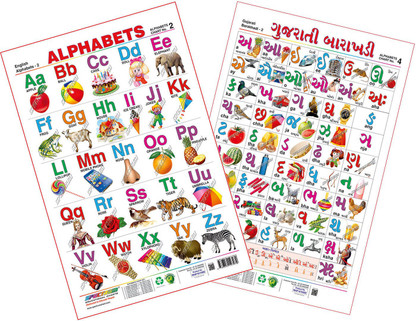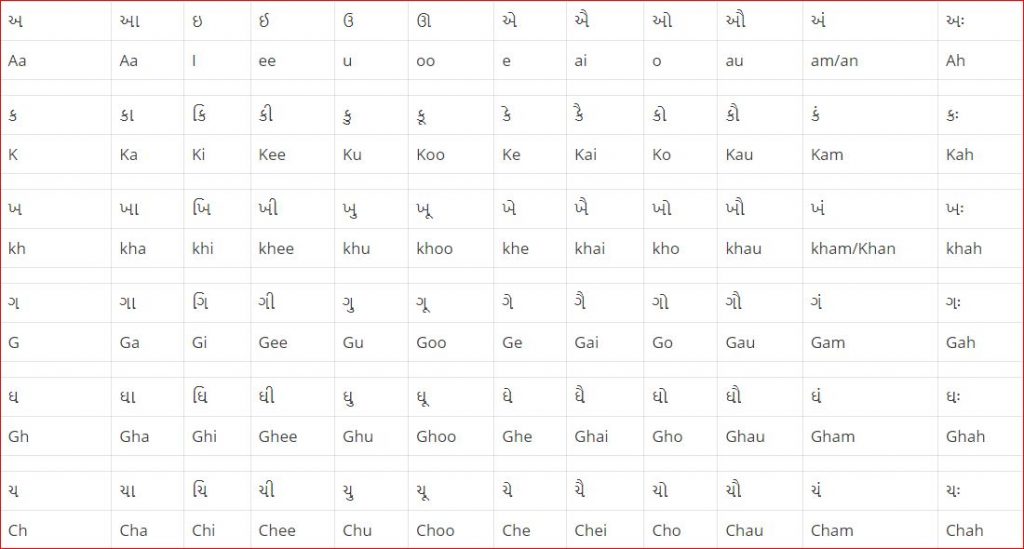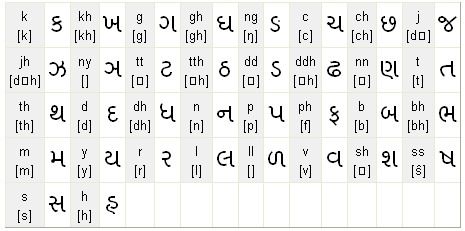

Tomé Pires reported a presence of a thousand Gujaratis in Malacca ( Malaysia) prior to 1512. Historical records show that Gujaratis played a major role in the archipelago, where they were manufacturers and played a key role in introducing Islam. Miller (2010) presented a theory that the indigenous scripts of Sumatra ( Indonesia), Sulawesi (Indonesia) and the Philippines are descended from an early form of the Gujarati script. Some Avestan letters with no corresponding symbol are synthesized with additional diacritical marks, for example, the /z/ in zaraθuštra is written with /j/ + dot below. Today, Avestan is most commonly typeset in Gujarati script ( Gujarati being the traditional language of the Indian Zoroastrians). 12th century texts of Neryosang Dhaval and other Parsi Sanskritist theologians of that era, and which are roughly contemporary with the oldest surviving manuscripts in Avestan script.

This is a relatively recent development first seen in the ca. The Zoroastrians of India, who represent one of the largest surviving Zoroastrian communities worldwide, would transcribe Avestan in Nagri script-based scripts as well as the Avestan alphabet.
Gujarati to english barakhadi chart full#
The full stop replaced the traditional vertical bar, and the colon, mostly obsolete in its Sanskritic capacity (see below), follows the European usage. Quotation marks are not as often used for direct quotes. Apostrophes are used for the rarely written clitic. Ĭontemporary Gujarati uses European punctuation, such as the question mark, exclamation mark, comma, and full stop. long ī, ū r̥, ru ś, ṣ), and lacks notations for innovations ( /e/ vs.

Secondly and most importantly, being of Sanskrit-based Devanagari, Gujarati's script retains notations for the obsolete (short i, u vs. Thus વરસાદ "rain", written as varasād but pronounced as varsād.
as whose non-pronunciation follows the above rule, but which are in single words not resultant of any actual combination. The root પકડ઼ pakaṛ "hold" when inflected as પકડ઼ે "holds" remains written as pakaṛe even though pronounced as pakṛe. Naturally elided as through the combination of morphemes. This non-pronunciation is not always the case with conjunct characters: મિત્ર "friend" is truly mitra. The as remain unpronounced before postpositions and before other words in compounds: ઘરપર "in the house" is gharpar and not gharapar ઘરકામ "housework" is gharkām and not gharakām. Thus ઘર "house" is pronounced ghar and not ghara. First out of these is the written representation of non-pronounced as, which are of three types. The Gujarati script is basically phonemic, with a few exceptions. In accordance with all the other Indic scripts, Gujarati is written from left to right, and is not case-sensitive. The formation of these conjuncts follows a system of rules depending on the consonants involved. With a being the most frequent vowel, this is a convenient system in the sense that it cuts down on the width of writing.įollowing out of the aforementioned property, consonants lacking a proceeding vowel may condense into the proceeding consonant, forming compound or conjunct letters. For postconsonantal vowels other than a, the consonant is applied with diacritics, while for non-postconsonantal vowels (initial and post-vocalic positions), there are full-formed characters. The Gujarati writing system is an abugida, in which each base consonantal character possesses an inherent vowel, that vowel being a. Overview Įxcerpt from " My experiments with truth" - the autobiography of Mahatma Gandhi in its original Gujarati. Jain community also promoted its use for copying religious texts by hired writers. Later the same script was adopted by writers of manuscripts. This script became the basis of the modern script. It is also known as the śarāphī (banker's), vāṇiāśāī (merchant's) or mahājanī (trader's) script. Until the 19th century it was used mainly for writing letters and keeping accounts, while the Devanagari script was used for literature and academic writings. The use of shirorekha (the topline as in Devanagari) was abandoned. The third phase is the use of script developed for ease and fast writing. The earliest known document in the Old Gujarati script is a handwritten manuscript Adi Parva dating from 1591–92, and the script first appeared in print in a 1797 advertisement. In second phase, Old Gujarati script was in wide use. The first phase is marked by use of Prakrit, Apabramsa and its variants such as Paisaci, Shauraseni, Magadhi and Maharashtri. Gujarati language and script developed in three distinct phases - 10th to 15th century, 15th to 17th century and 17th to 19th century. The Gujarati script(ગુજરાતી લિપિ) was adapted from the Devanagari script to write the Gujarati language. 3 Gujarati letters, diacritics, and digits.







 0 kommentar(er)
0 kommentar(er)
